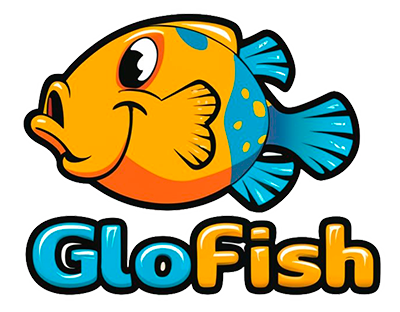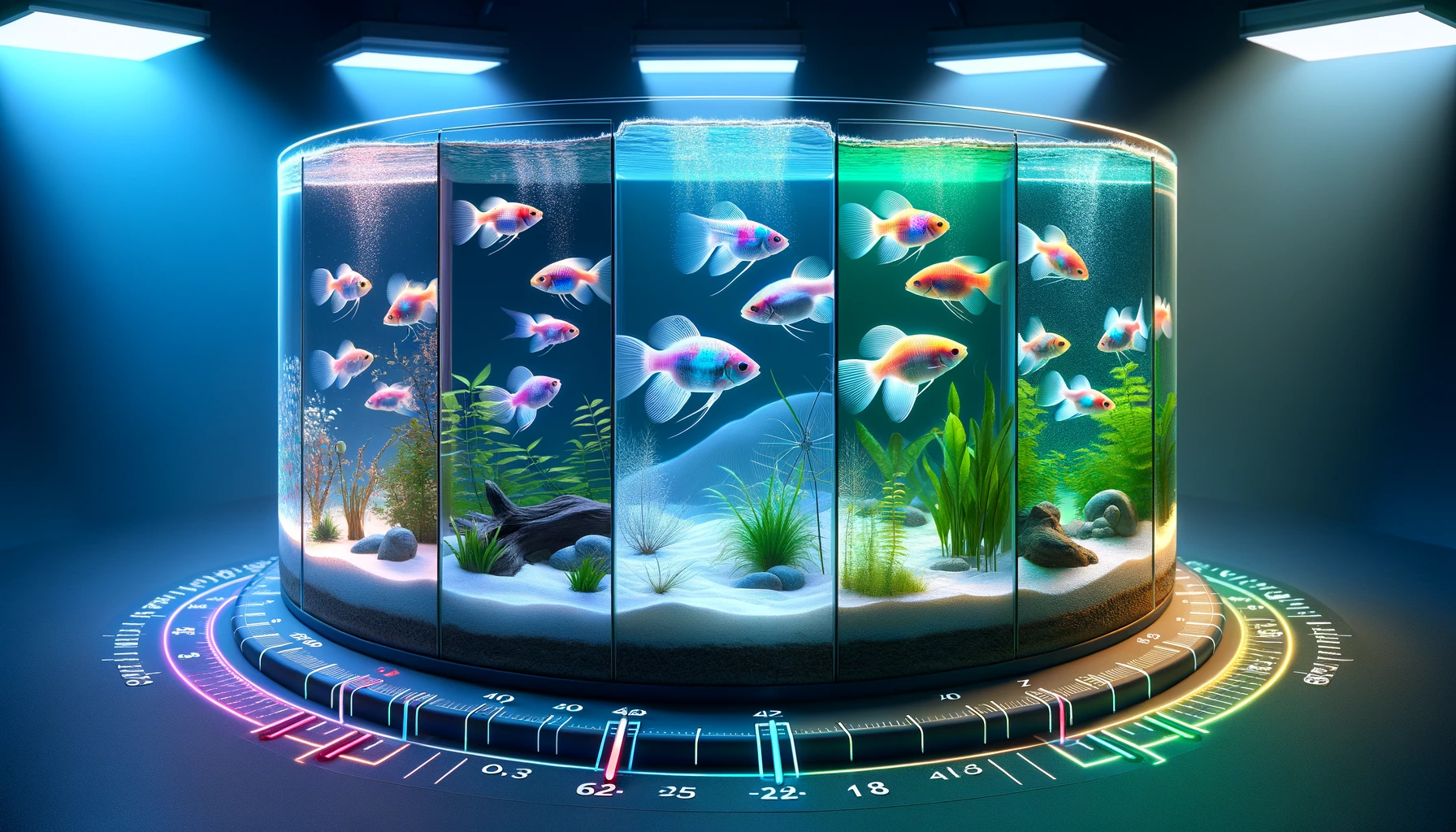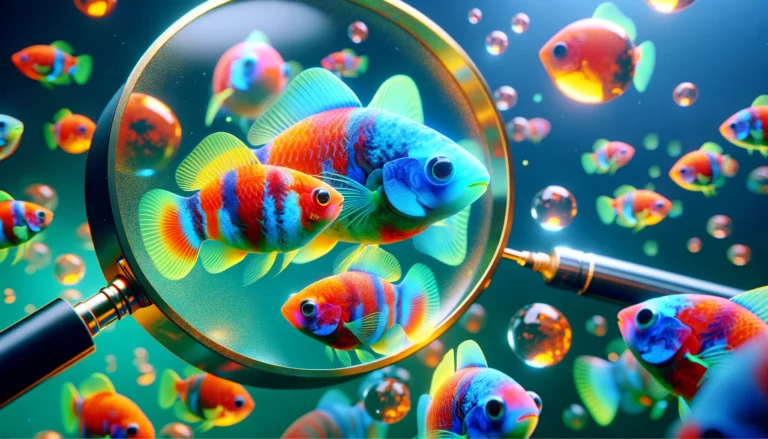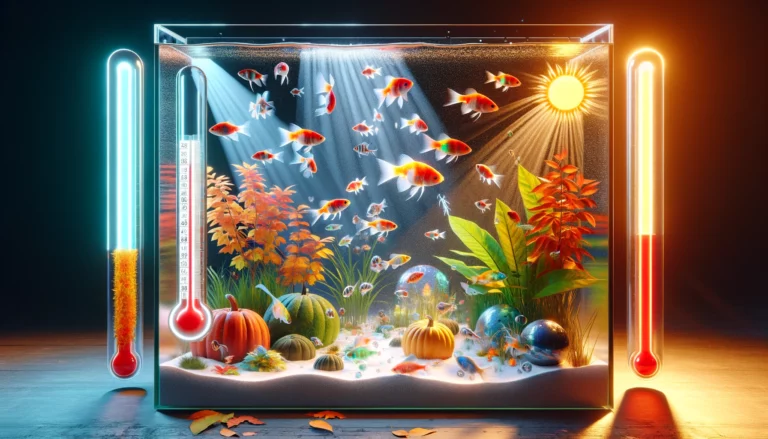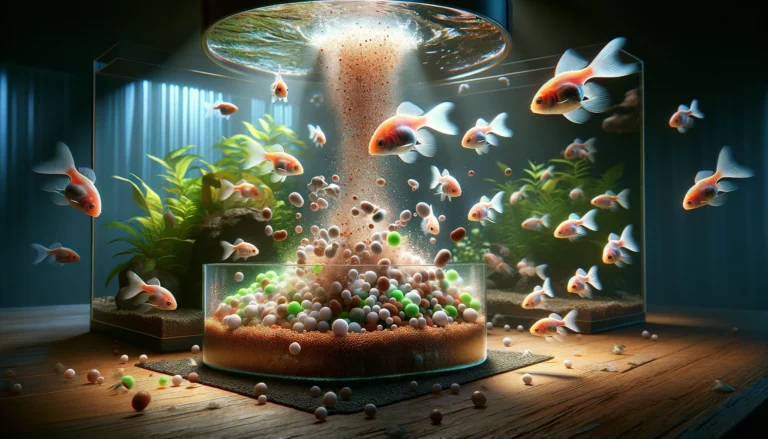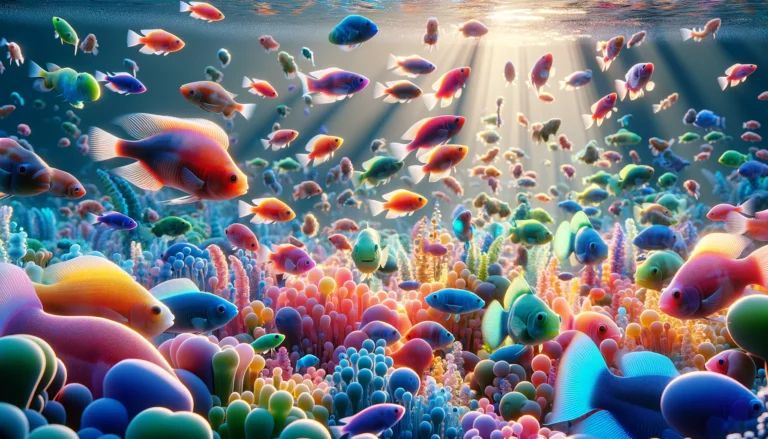Seasonal Mastery in GloFish Breeding: A Comprehensive Guide
GloFish are unique, vibrant aquarium fish. They are genetically modified to glow under black lights. Their bright colors and ease of care have made them popular among aquarium enthusiasts. They come in a variety of species, each with its distinct hue.
Global Perspective on Breeding
Breeding Overview
Breeding GloFish is similar to breeding their non-modified counterparts. Yet, their genetic modifications don’t affect their breeding habits. GloFish can breed in home aquariums if given the proper conditions. Their reproduction methods depend on their species, as they come from various species like zebrafish, tetras, and barbs.
Importance of Proper Conditions
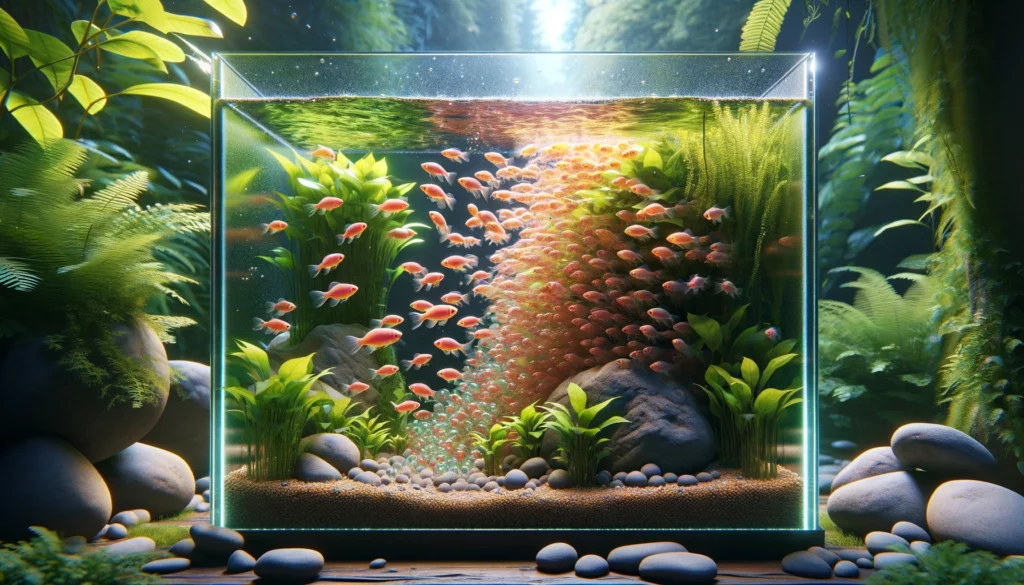
Creating the right environment is crucial for successful breeding. Conditions such as water quality, temperature, and tank setup play a significant role. For instance, GloFish require clean water and specific pH levels. The tank should mimic their natural habitat to encourage spawning behavior. The presence of plants and hiding spots can also provide a sense of security and stimulate natural breeding behavior.
In conclusion, GloFish have captivated many with their vivid colors and are a popular choice for home aquariums. While their care needs are straightforward, breeding them requires understanding their specific needs and ensuring the aquarium conditions are optimal for reproduction. Proper water conditions, tank setup, and understanding the breeding habits of the specific GloFish species are essential for success.
Season and Temperature
Impact on Breeding
The season and ambient temperature can significantly influence GloFish breeding. In nature, fish often breed in specific seasons. For GloFish, warmer temperatures usually signal the start of the breeding season. This mimics their natural tropical habitat. Temperature changes can trigger hormonal changes in fish, prompting them to spawn.
Maintaining Optimal Temperature
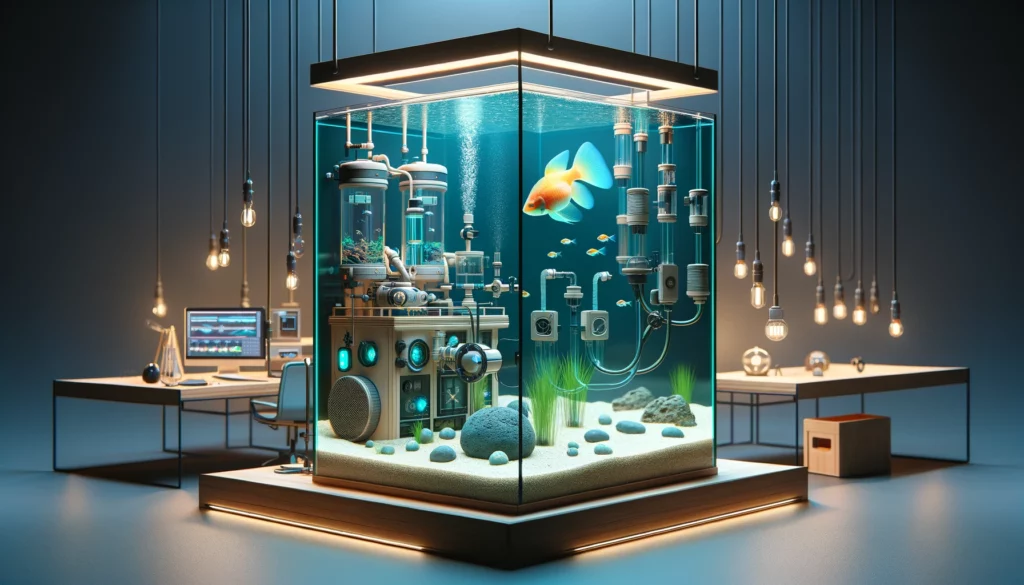
Maintaining a stable temperature in the aquarium is vital for GloFish health and breeding. Aquarium heaters are essential for keeping the water at a consistent temperature year-round. In summer, ensure the tank doesn’t overheat. Use coolers or air conditioning to maintain a stable environment. In winter, check the heater regularly and adjust it to keep the water warm enough for the fish.
It’s crucial to monitor and adjust the aquarium temperature to mimic natural seasonal changes gently. Gradual changes are better than sudden shifts, as they prevent stress on the fish. By managing the temperature effectively, you can create an environment conducive to GloFish breeding, regardless of the season outside.
Lighting Regime
Importance of Lighting
The lighting regime is crucial for GloFish, influencing their behavior and breeding cycles. Proper lighting mimics the natural day-night cycle, essential for maintaining the biological rhythms of GloFish. Adequate lighting ensures healthy growth, vibrant colors, and can stimulate breeding. GloFish, especially, thrive when their unique colors are highlighted under specific lighting conditions.
Adjusting Lighting with Seasons
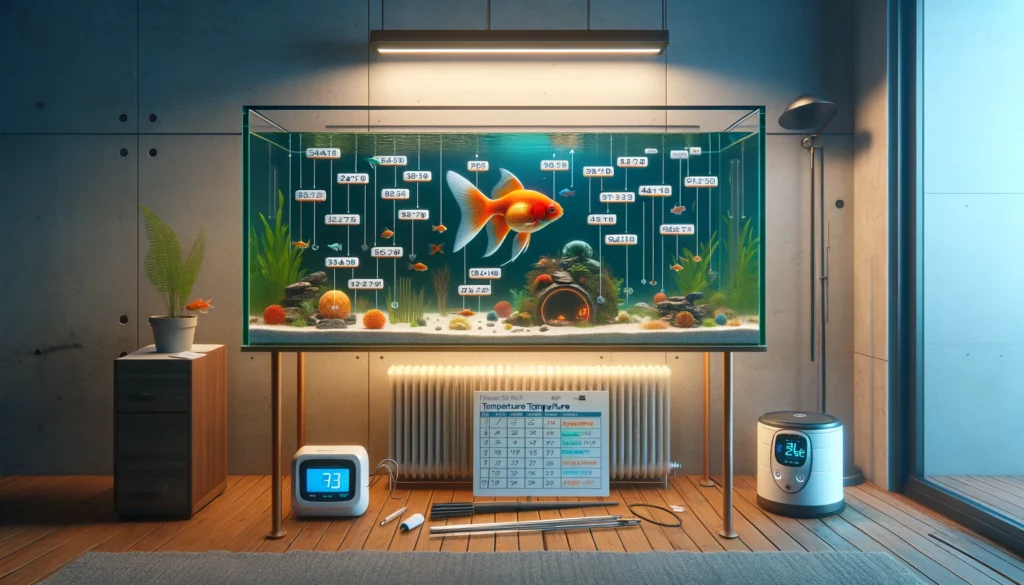
To mimic natural conditions, adjust the lighting with the changing seasons. During summer, longer daylight hours are typical, so extend the duration of tank lighting. This simulates the longer days GloFish would experience in the wild. In winter, reduce the lighting duration to reflect shorter daylight hours. This seasonal change can encourage natural breeding cycles.
Use a timer to regulate the light cycle in the tank, providing consistency. This helps in maintaining a stable environment, aligning with the GloFish’s internal clock. Proper lighting, combined with other environmental factors, supports the overall well-being and breeding potential of GloFish.
Nutrition and Care
Role of Proper Nutrition in Breeding
Proper nutrition is fundamental for GloFish health and successful breeding. A balanced diet enhances fertility and ensures that fish have the energy for the breeding process. High-quality food promotes vibrant colors, growth, and a strong immune system. For breeding GloFish, incorporate a variety of foods. This includes high-protein options like brine shrimp and bloodworms, which are particularly important during the breeding season.
Aquarium and Water Care Across Seasons
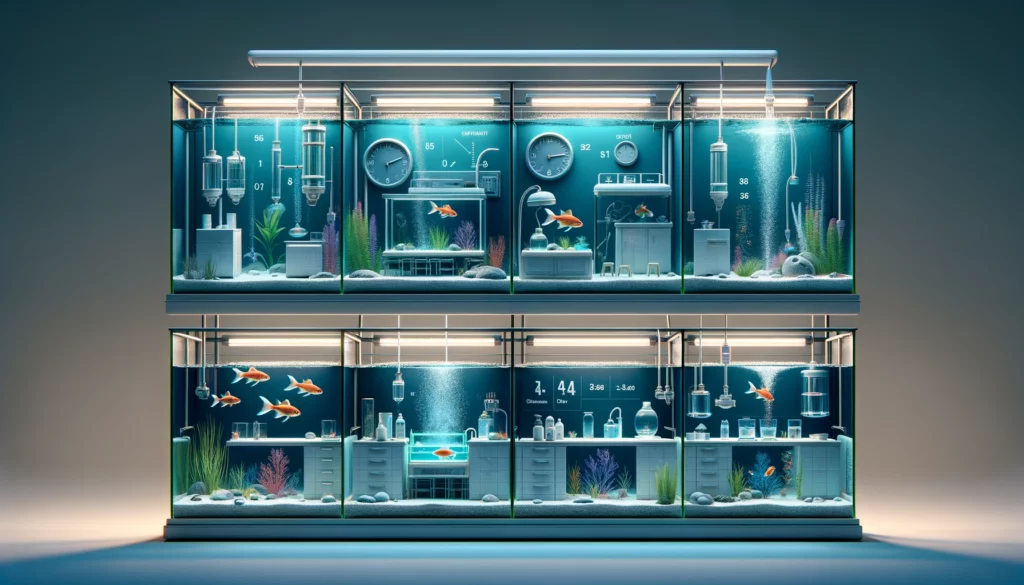
Maintaining the aquarium and water quality is crucial year-round, but the focus may shift with the seasons. Regular water changes are essential to keep the water parameters stable. In summer, water tends to evaporate quicker, and higher temperatures can lead to faster waste accumulation. Increase water changes and monitor temperature closely. In winter, ensure the heater functions properly and maintain a stable water temperature conducive to GloFish health.
Seasonal changes can affect water conditions. It’s important to test the water regularly for pH, ammonia, nitrite, and nitrate levels. Adjustments in filtration, aeration, and heating may be needed to match the specific needs of each season. Consistent care and attention to these details create a stable environment, promoting the well-being and reproductive success of GloFish.
Seasonal Specifics
Spring
Spring often marks the beginning of the breeding season for many fish. Increase the light duration gradually to mimic the lengthening days. Begin introducing high-protein foods into the diet to prepare GloFish for breeding. Regularly monitor the water temperature, ensuring it’s slightly warmer, as this can stimulate spawning. Water changes should be frequent, maintaining high water quality.
Summer
In summer, maintain longer daylight hours in the tank and monitor the tank temperature to prevent overheating. The diet should be rich and varied to support the higher activity levels. Frequent water changes are crucial due to faster waste accumulation. Provide plenty of plants and hiding spaces for fish to lay their eggs and for fry to hide.
Autumn
As days start to shorten, gradually decrease the lighting duration in the tank to mimic natural conditions. Begin to transition the diet to prepare GloFish for the cooler months. Regularly check the water temperature and quality, as stable conditions are crucial for the health of the fish. This is a time to ensure all equipment is functioning correctly before winter.
Winter
During winter, reduce the lighting duration to simulate shorter days. Ensure the heater is consistently maintaining the appropriate temperature. The diet should still be nutritious but adjusted if the fish are less active. Regular water changes and quality checks are vital to prevent diseases in cooler temperatures. This is generally a less active period for breeding, so focus on maintaining a stable, healthy environment for your GloFish.
In each season, monitoring and adjusting the environmental conditions in your GloFish tank is key to promoting healthy breeding cycles. Adapt care routines to align with the seasonal changes, replicating their natural habitat as closely as possible. This approach will help ensure that your GloFish thrive throughout the year.
Seasonal Specifics
Spring
During spring, gradually increase the light duration to simulate the natural increase in daylight. Begin to raise the water temperature slightly, as this season often marks the beginning of the breeding cycle for many fish species. Offer a varied and protein-rich diet to prepare GloFish for breeding.
Summer
Maintain a longer light duration and monitor the aquarium temperature, ensuring it doesn’t get too warm. This is often the peak breeding season. Keep the diet varied and rich in nutrients. Regular water changes are crucial to manage waste and maintain water quality.
Autumn
Start reducing the light duration gradually, mimicking the natural decrease in daylight hours. Begin to lower the water temperature slowly. Shift the diet slightly to prepare for the less active winter months, but ensure it remains balanced.
Winter
Maintain a shorter light duration and a stable, warm water temperature to counter the cold outside. While breeding might slow down, maintaining good water quality and a balanced diet is crucial to keep GloFish healthy during this less active period.
Understanding and mimicking natural seasonal changes play a crucial role in successful GloFish breeding. Maintaining optimal conditions in lighting, temperature, and nutrition enhances the health and breeding potential of these vibrant fish. Regular care and monitoring, aligned with seasonal needs, ensure a thriving environment for GloFish.
Questions and Comments
We invite readers to ask questions and share their experiences in the comments. Your insights and stories enrich the community’s knowledge and passion for GloFish care. Let’s learn and grow together in this colorful aquarium journey!
GloFish Seasons and Breeding Conditions FAQ
- Daylight Impact on Breeding Cycle: GloFish’s breeding cycles are influenced by daylight hours, with longer daylight in summer typically increasing breeding activity due to mimicking their natural tropical environment.
- Optimal Temperature Ranges: Spring and summer: 78°F – 82°F; Fall: 72°F – 76°F; Winter: Maintain at least 74°F with a stable heater to encourage breeding.
- Adjusting Aquarium Lighting: Mimic natural habitat by increasing light duration in summer (up to 12-14 hours) and decreasing in winter (to about 8-10 hours), using timers for consistency.
- Feeding Practices for Health and Fertility: Offer a varied diet including high-protein foods like brine shrimp and bloodworms, especially during the breeding season, to ensure vitality and readiness for breeding.
- Seasonal Changes and Water Parameters: Monitor and adjust pH, ammonia, nitrite, and nitrate levels regularly, as they can fluctuate with temperature and humidity changes across seasons.
- Signs of Readiness for Breeding: Look for increased color vibrancy, more active swimming, and in some species, males displaying to females or females appearing fuller when they are ready to breed.
- Breeding Behaviors Triggered by Seasons: Some GloFish may show increased breeding behaviors like nest building or territorial displays as water temperatures and lighting conditions mimic their natural breeding season.
- Creating a Breeding Environment in Colder Months: Ensure the tank is well-insulated, maintain stable water temperatures with a reliable heater, and provide ample hiding places for stress reduction.
- Common Challenges in Seasonal Breeding: Dealing with fluctuating water parameters and maintaining consistent temperature and light conditions are common challenges; regular monitoring and adjustments are crucial.
- Year-Round Breeding in Controlled Environments: It’s possible with a consistent light cycle, stable water temperatures, and proper nutrition, though natural seasonal cycles can still influence breeding patterns to some extent.
